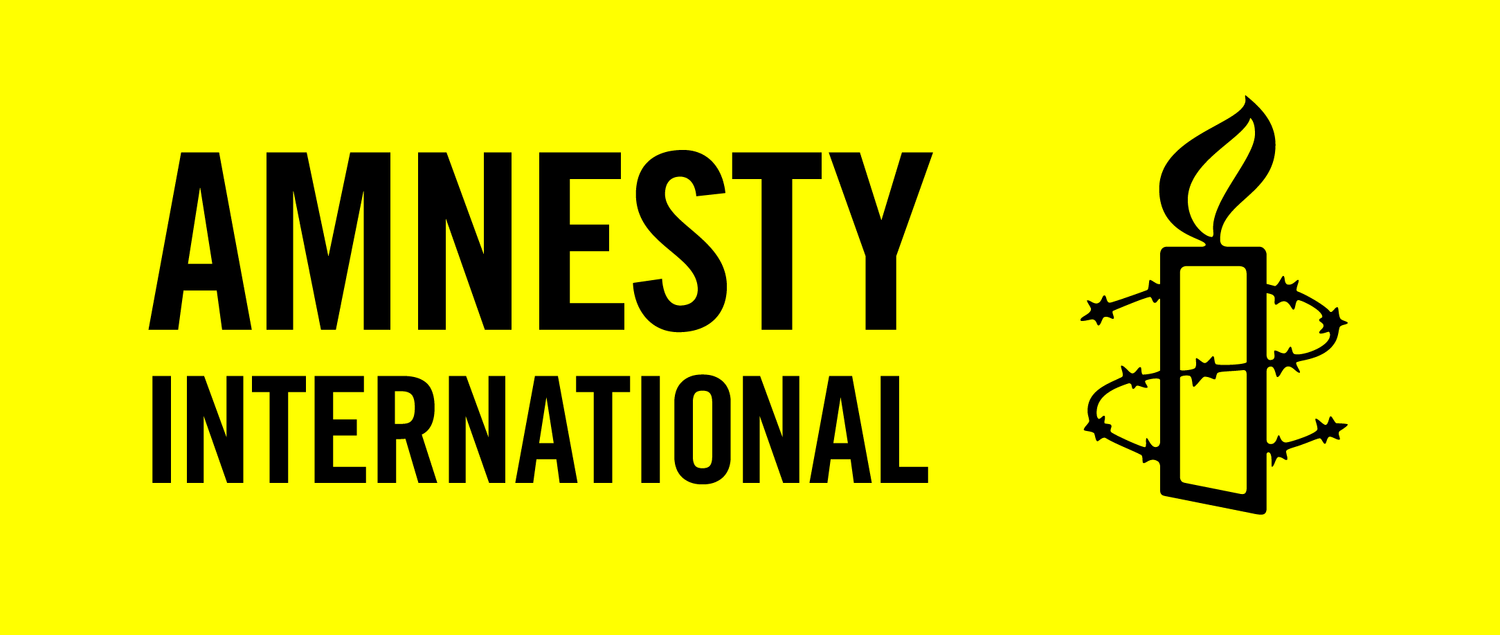On this page you can learn about Amnesty's Conflict Resolution Process, the support available to help you in handling conflicts, and how you can create a conflict competent organisation.
The term 'conflict' encompasses everything from interpersonal disputes and personality clashes to differences over strategy, decision-making, identity, and values. Conflict will be constructive or destructive depending on how people engage in disagreement, rather than the content of that disagreement. In 2015, a report by Intermediation International (IMI) conducted with support from Amnesty International identified four key areas that leaders in International Civil Society Organisations should work on to achieve a conflict competent culture. These are:
Amnesty’s Conflict Resolution Process and resources, are designed to address these areas.
Amnesty’s Conflict Resolution Process aims to help address conflict in a fair, timely, and constructive way, from initial communication through to resolution and closure. It can be used for any internal conflicts between individuals or groups including:
The key features of the Conflict Resolution Process include:
The Conflict Resolution Process can be used for any internal conflicts between individuals or groups within the Movement including:
NOTE: the specific tools and approaches used in each of these types of conflict will depend on the context, the complexity of the issues, and the actors involved. If in doubt, please get in touch with Movement Building or a Conflict Resolution Resource Person (Coming soon). Alternatively, you can find more information on different approaches to conflict resolution in the Key Documents.






























